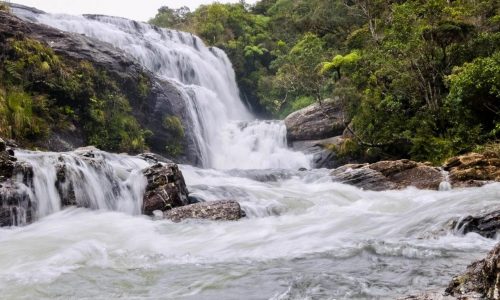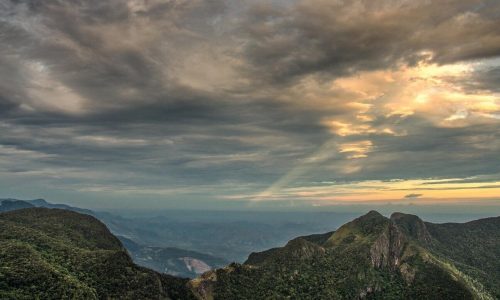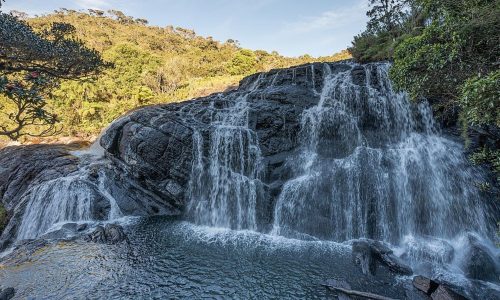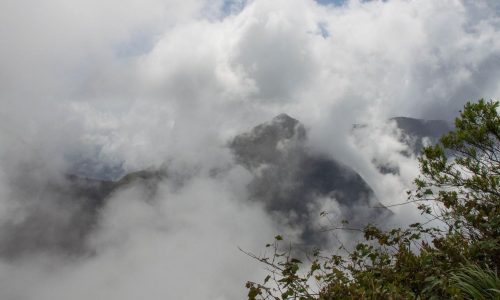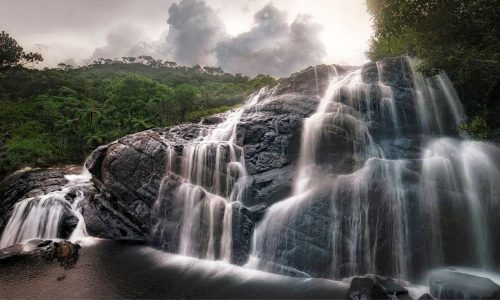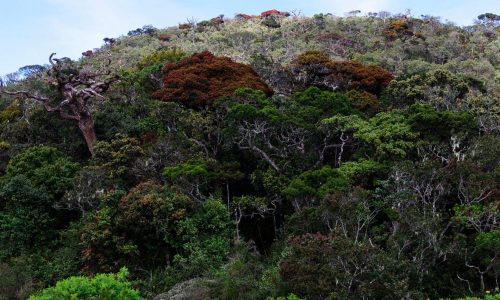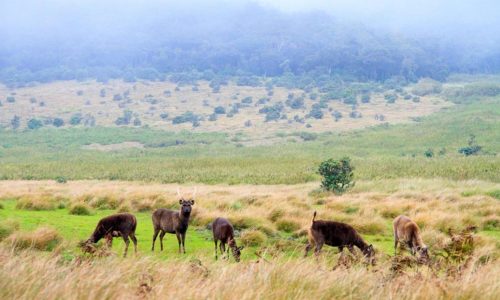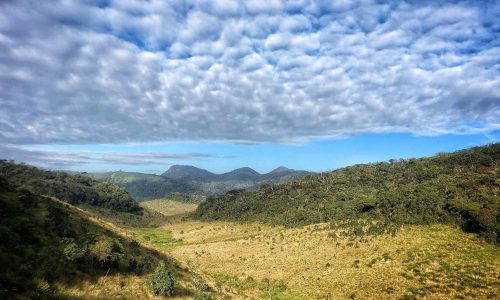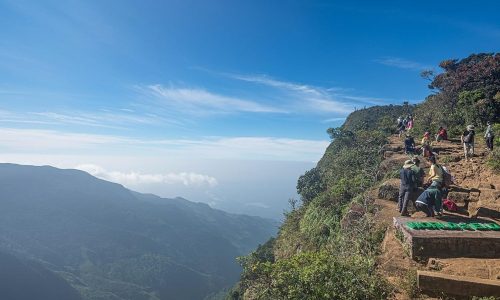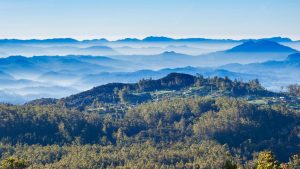Horton Plains is a stunning natural wonder located in the central highlands of Sri Lanka. It is a vast plateau located approximately 2,100 meters above sea level, covering about 3,160 hectares. This stunning destination has situated about 32 kilometers from Nuwara Eliya, a popular hill station in Sri Lanka. It is renowned for its breathtaking landscapes, diverse flora and fauna, and unparalleled natural beauty.
Horton Plains is home to several unique and rare species of flora and fauna. Some of the most popular species found here include the Sri Lankan Sambar Deer, the Purple-faced Langur, the Horton Plains Slender Loris, and the Sri Lankan Leopard. Additionally, the plateau is home to several endemic species of birds, including the Sri Lankan Wood Pigeon, the Dull-blue Flycatcher, and the Sri Lankan Bush Warbler.
One of the most striking features of Horton Plains is the World’s End. It is a sheer cliff that drops off abruptly for over 1,200 meters, offering an awe-inspiring view of the valley below. Another popular attraction in the region is Baker’s Falls, a stunning waterfall cascading down from approximately 20 meters.
Horton Plains is also known for its hiking trails. The most popular hike is the 9.5-kilometer round-trip trek to World’s End. The trail winds through the scenic countryside, taking visitors through misty forests, grasslands, and breathtaking vistas. Along the way, visitors can enjoy the company of the abundant wildlife, including several endemic species of birds and mammals.
Horton Plains is also home to several unique ecosystems, including cloud forests and montane grasslands. In addition, the region’s diverse plant life includes several rare and endemic species, including the Horton Plains Pitcher Plant, a carnivorous plant only found in this region.
Visitors to Horton Plains should know the strict conservation rules in place. The park is only open from 6:00 am to 6:00 pm, and visitors are not allowed to camp, light fires, or disturb the flora and fauna in any way. Additionally, visitors cannot bring plastic bottles, bags, or other non-biodegradable items into the park.
In conclusion, Horton Plains is a truly magical destination that offers visitors a glimpse of Sri Lanka’s stunning natural beauty. This region has something for everyone, from the misty forests to the breathtaking vistas. Whether you are a nature lover, a hiker, or simply someone looking for a unique and unforgettable experience, Horton Plains is worth a visit.


